We continue the series, New Trends, in which we will discover together the most interesting design trends for 2025/26.
Today, we explore another Trend in the category of New Naturalist, a trend that seems to express exactly the need of our time.
More about the New Trends series and the New Naturalist in the article New Trends | With Aquatecture, water becomes the language of Design
This time we explore the Biophilic 2.0 trend.
Biophilic 2.0 is not just a trend. It is the natural evolution of design in a world that seeks balance between life and technology
The new generation of biophilic design
Biophilic 2.0 is the next phase of biophilic design, where nature meets the power of digital innovation. In an increasingly urbanized and technologically connected world, the need to reconnect with nature takes on a new, dynamic role: it is no longer a question of returning to nature, but of merging with it.
Hintsdeco, through the New Trends series, highlights this new approach, as a way to bring the organic life to the modern design. Spaces breathe, transform and orient to the future.
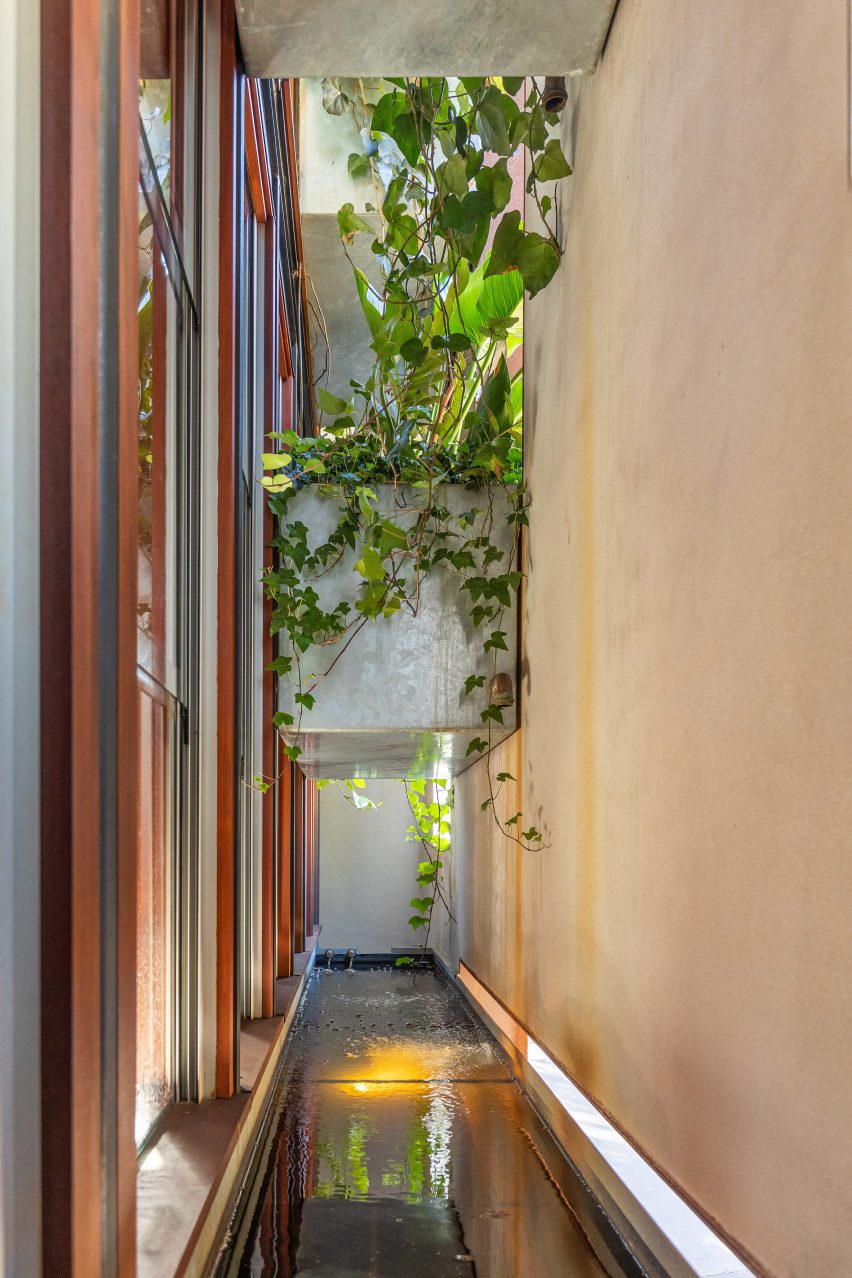




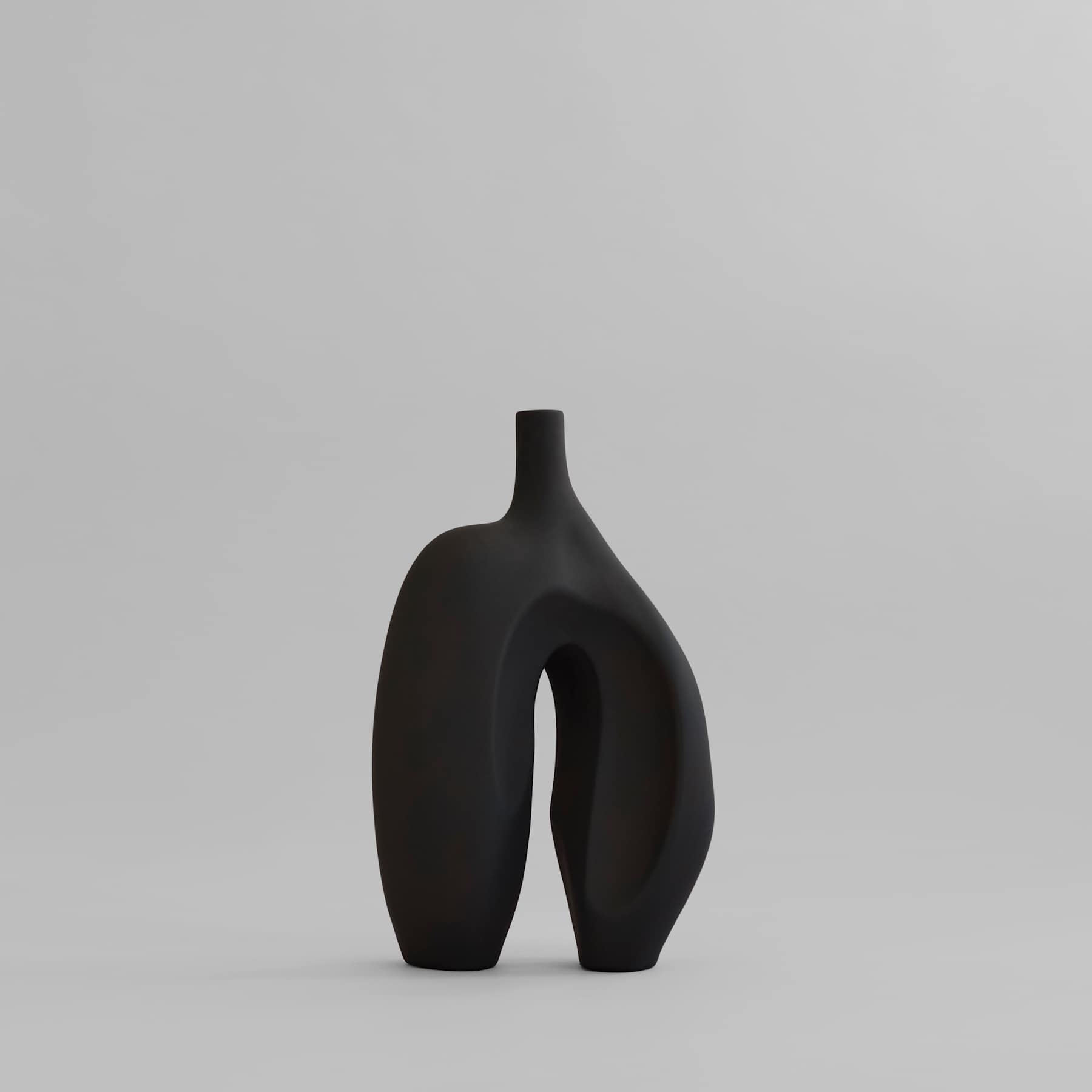
see the product see the product


see the product see the product


Materials that live and react
The materiality of Biophilic 2.0 is based on biology and technology.
New biocompatible materials, such as bioplastics from algae, recycled and mycelial composites (biological materials produced by the growth of fungi), offer a more sustainable basis for design. Surfaces acquire intelligence and interactivity: "smart" glasses, thermochromic materials (materials that change color depending on the temperature) etc. respond to light, temperature and movement.
Nature turns into technology, and technology becomes organic. We see 3D printed furniture and decorations inspired by patterns such as: leaf veins, honeycombs and spiral flows. The spaces remain open, fluid and calm, highlighting the concept of living architecture.

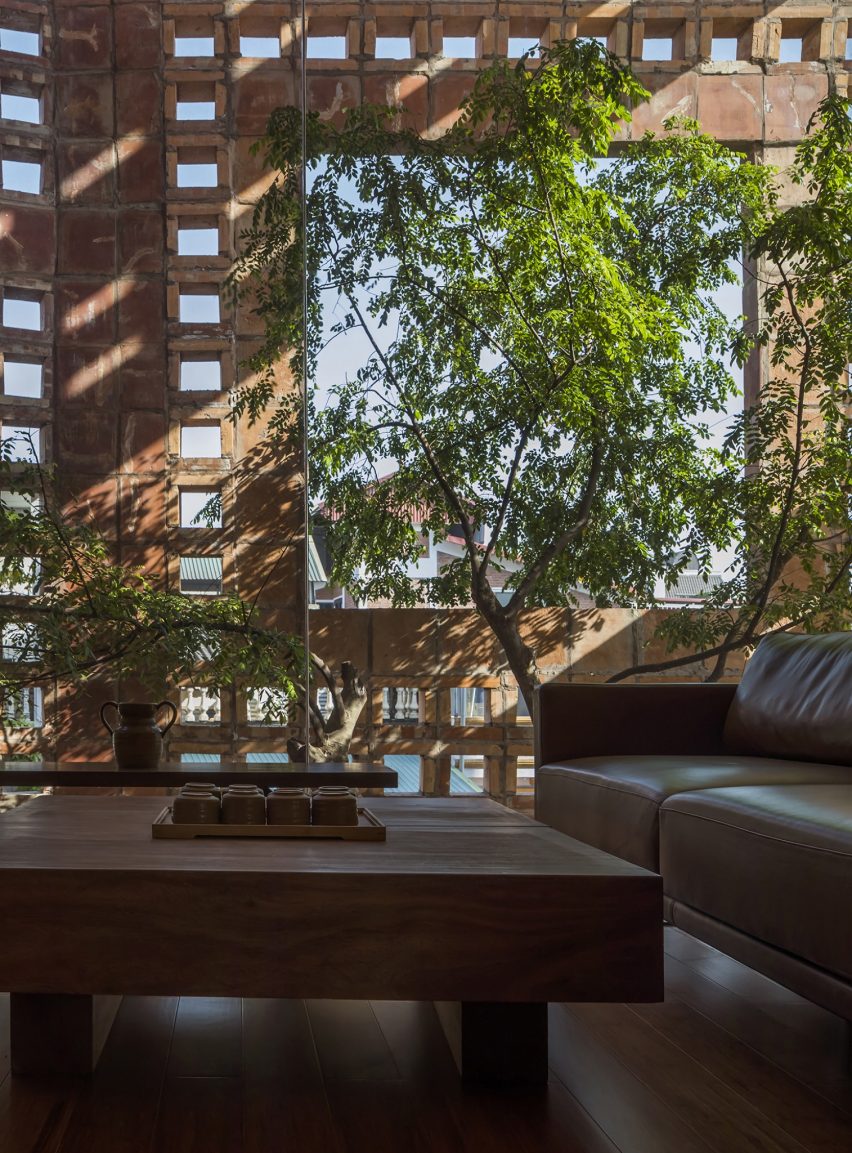
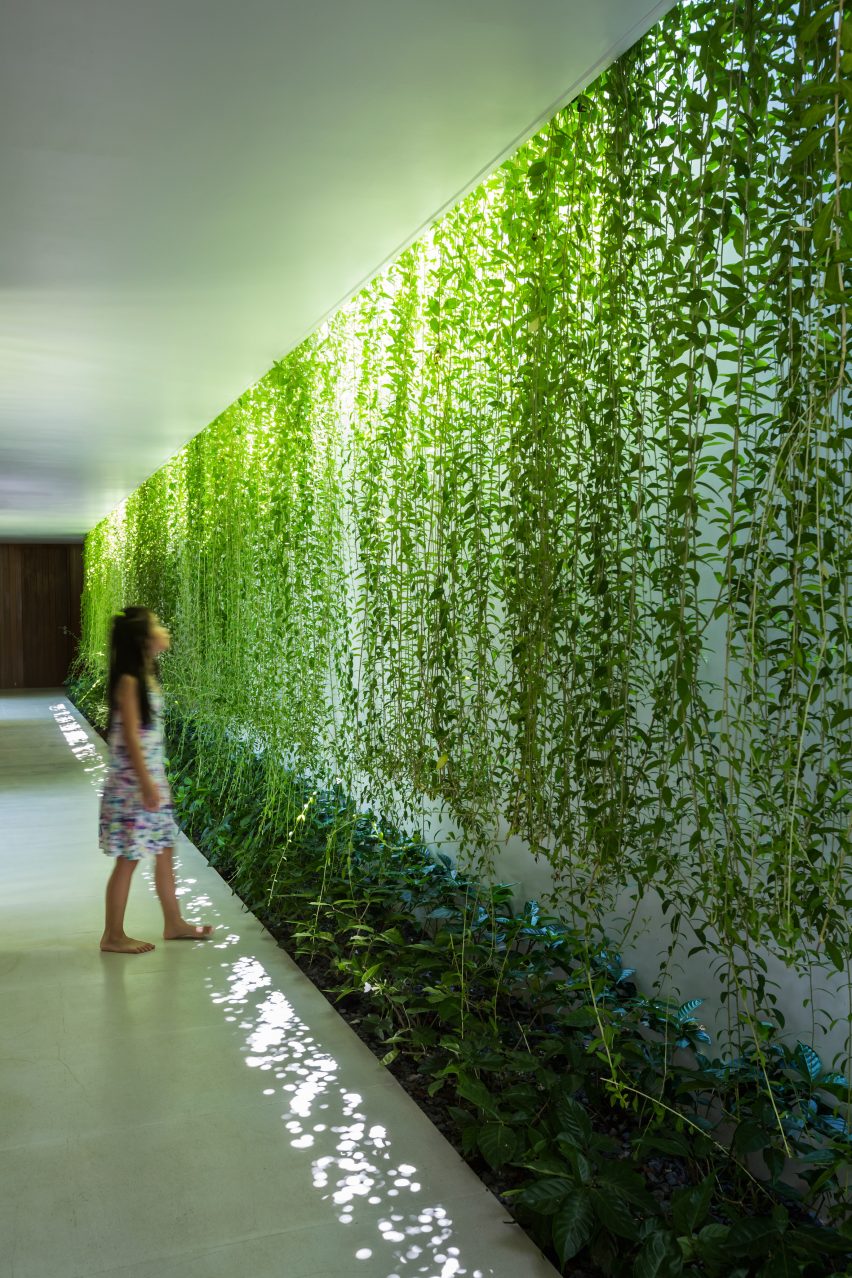



see the product see the product


see the product see the product


Vibes of Biophilic 2.0
The architectural language of Biophilic 2.0 is characterized by fluid, soft curves and natural forms. The spaces are open and light, with smooth transitions and designs reminiscent of arteries, cells or water ripples.
In Biophilic 2.0 every room breathes with humans, adapts to light and environmental changes, while remaining light, bright and technologically advanced. Technology does not dominate, but works quietly in the background, allowing nature to express itself through a new, hi-tech rhythm.
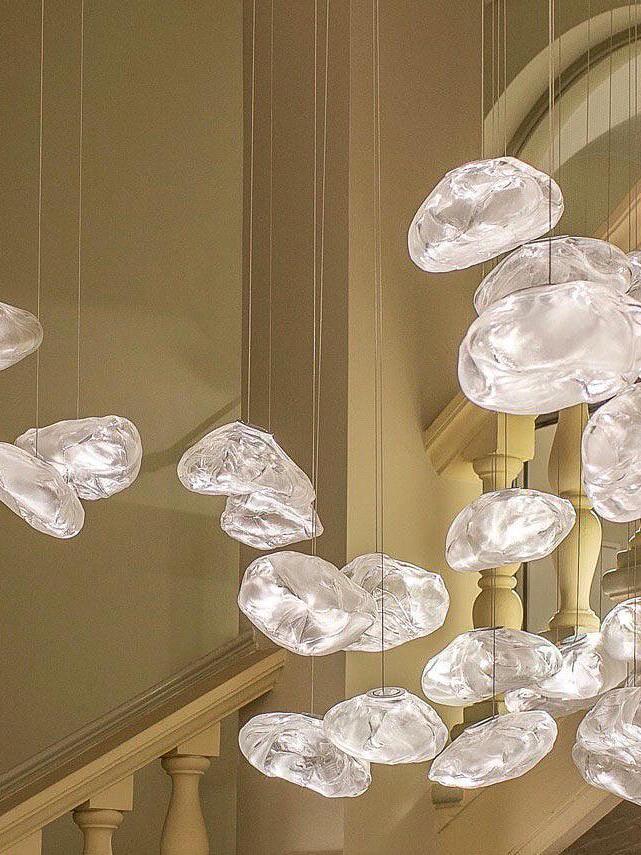





see the product see the product


see the product see the product
Color map
The color palette of Biophilic 2.0 creates a bridge between the physical and the digital. Pure white, which offer clarity and a sense of space, acts as a canvas for the rest of the elements.
On this clean surface, warm earth tones, such as tan and earthy browns are added. Colors that give a feeling of security and calmness. Then, bright green and bright blue, add the pulse of the future. The contrast between the natural and the technological creates an environment that is both earthy and bright, familiar yet innovative.
The color palette aims to promote mental well-being and mental clarity.






Aesthetic references and inspiration
Biophilic 2.0 is inspired by creations that have redefined the relationship of design with nature and technology. Some of my favorites are, the work of Heatherwick Studio andMichael Pawlyn, which highlights the renaissance architecture, while Jenny Sabin and Studio Drift translate biological patterns into digital landscapes. Yves Béhar and Azuma Makoto explore the symbiosis of the natural with the artificial through objects and experiences, while Mara Hoffman and Marjan van Aubel bring sustainability to fashion and lighting, like with the Sunne Lamp, the self-powered lamp that collects and stores solar energy inside itself. Finally, the OXMAN Lab by Neri Oxman, where design meets biology and engineering to create human- and nature-friendly products and environments at the molecular, architectural and urban levels.
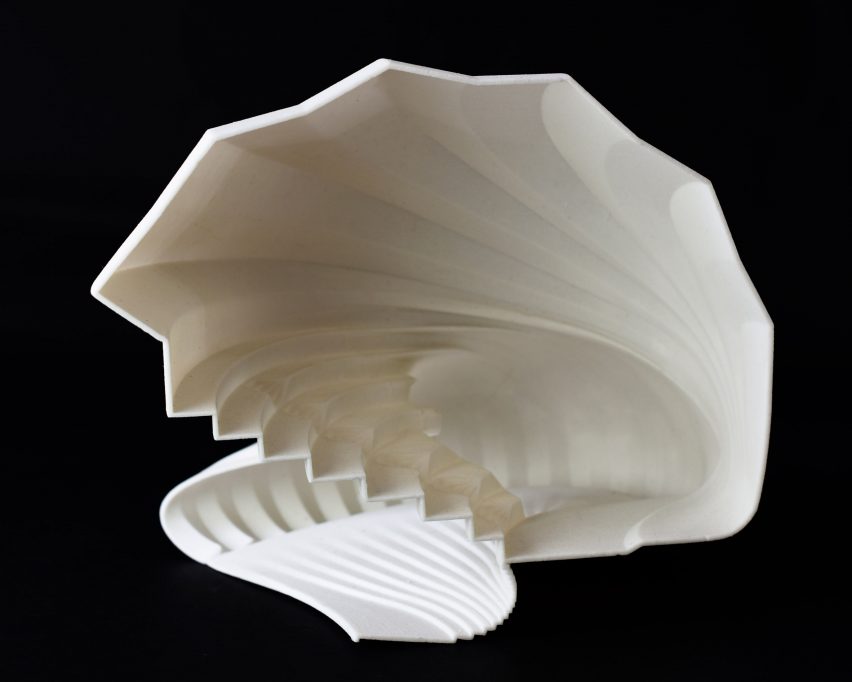
The Biorock Pavilion could be grown underwater - Michael Pawlyn
image credit
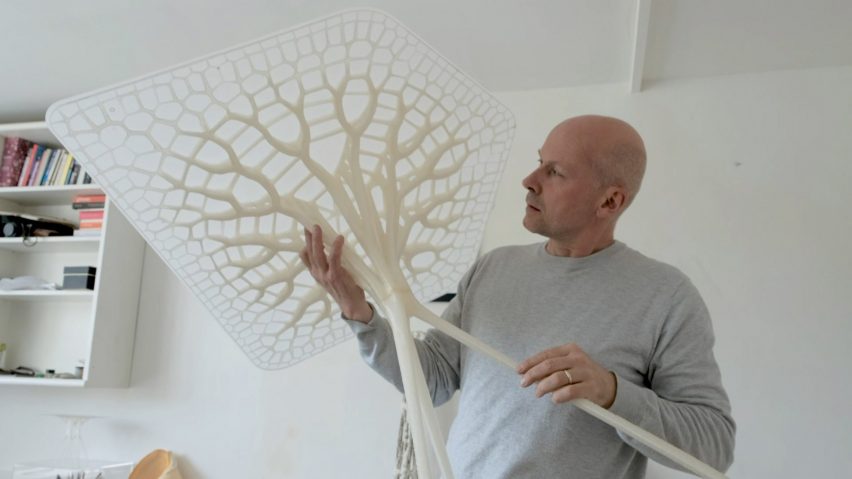
3D-printed display table - Michael Pawlyn
image credit
 Heatherwick Studio
Heatherwick Studio
image credit
 Heatherwick Studio
Heatherwick Studio
image credit
 Jenny Sabin
Jenny Sabin
image credit
 Jenny Sabin
Jenny Sabin
image credit
Jenny Sabin
image credit
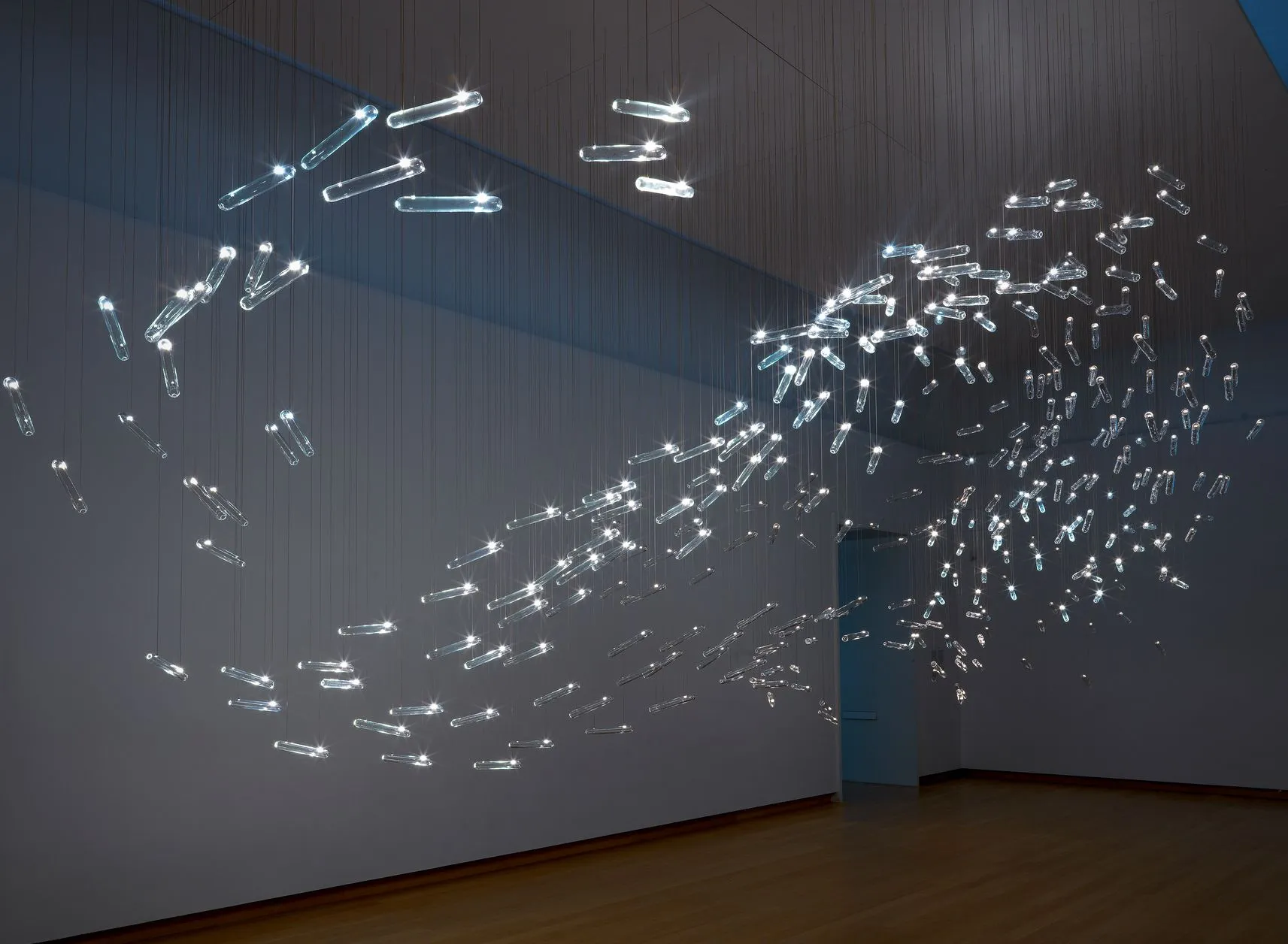 Studio Drift
Studio Drift
image credit
 Marjan van Aubel
Marjan van Aubel
image credit
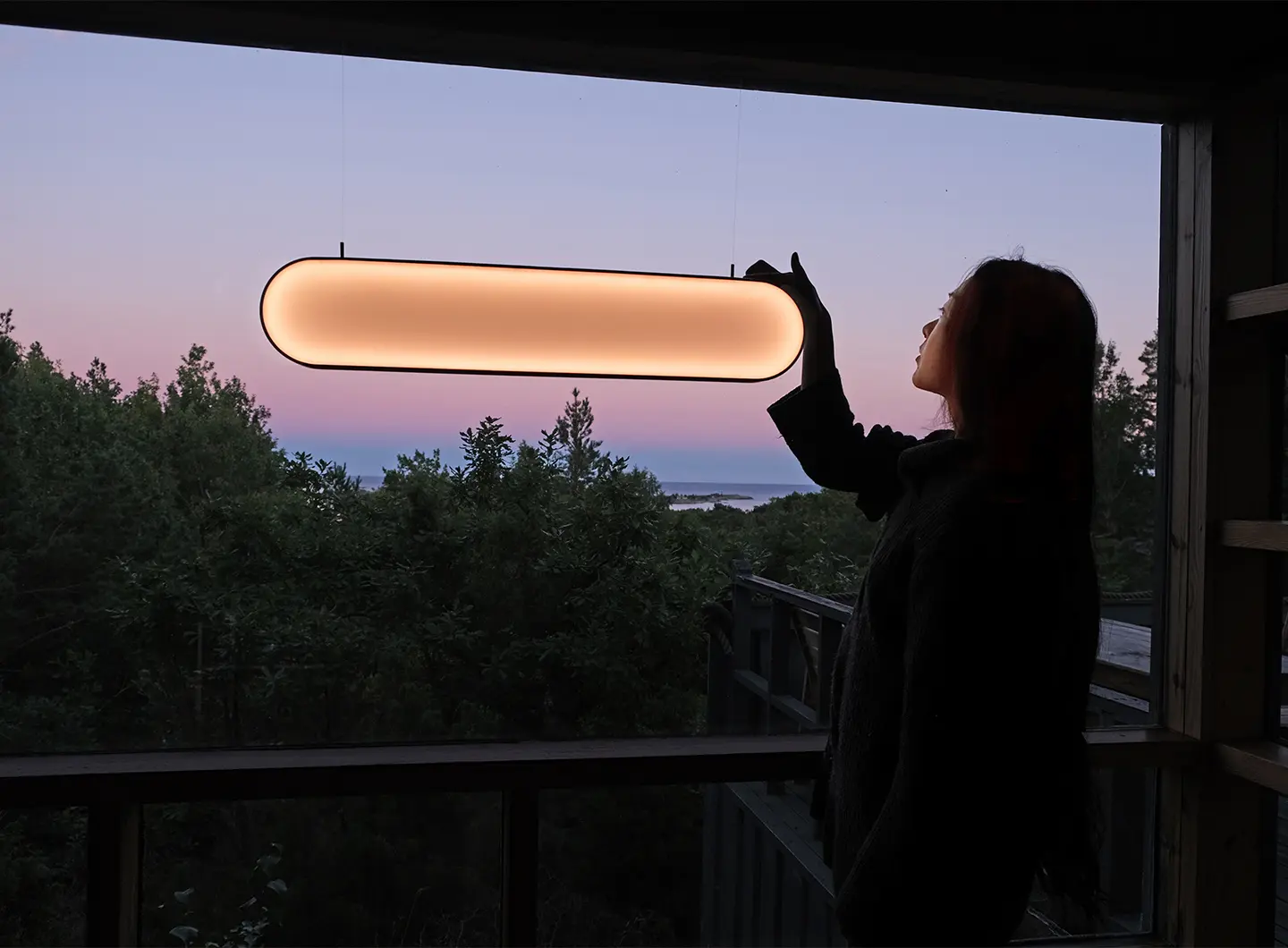 Marjan van Aubel
Marjan van Aubel
image credit
 OXMAN Lab
OXMAN Lab
image credit
In the future we envision, technology will cease to be alien to nature. It will become the bridge that reconnects us to it. Biophilic 2.0 is exactly that trend. An invitation to redefine our space, as a living ecosystem that inspires us, protects us, and reminds us that beauty is not found in perfection, but in harmony.


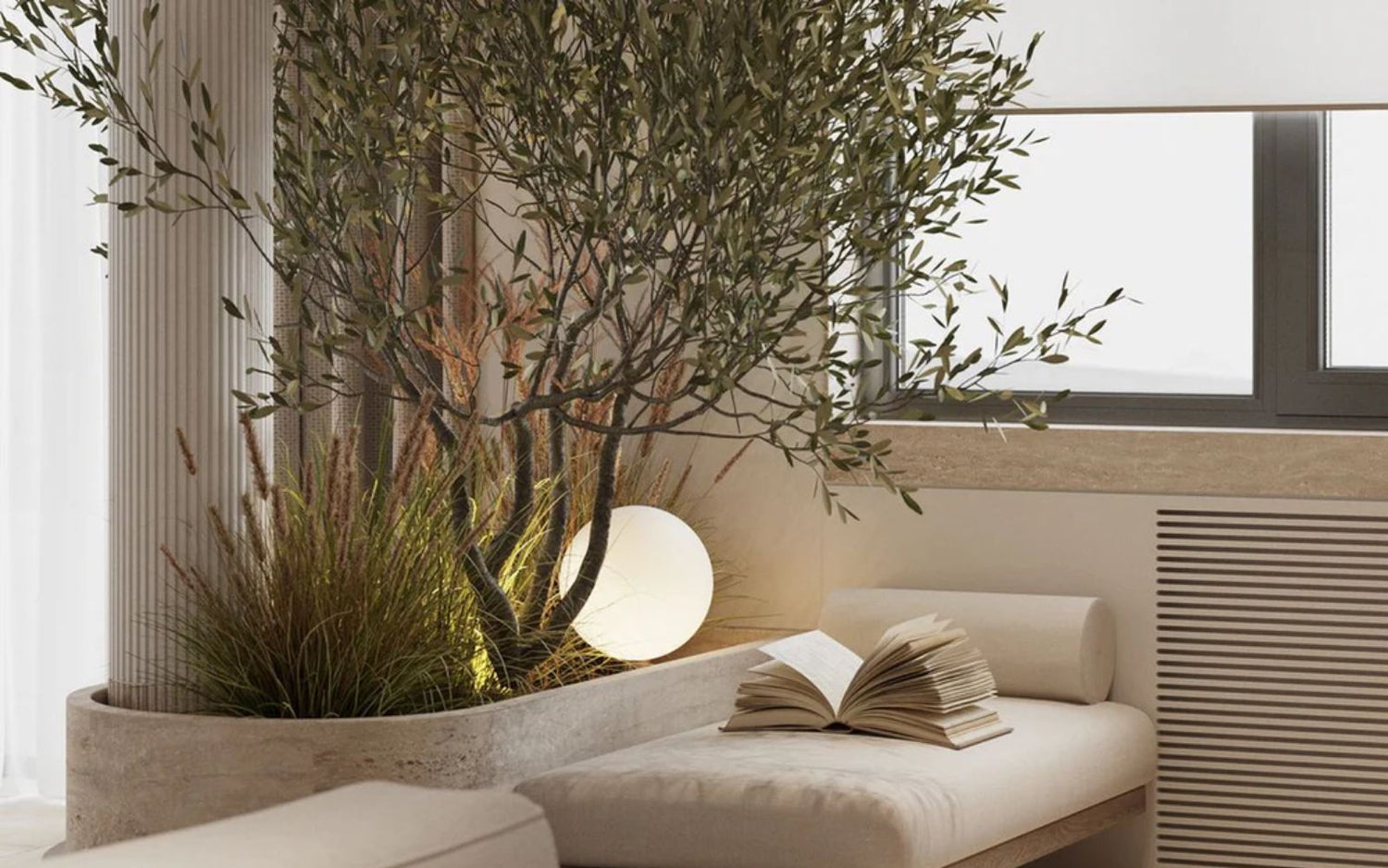

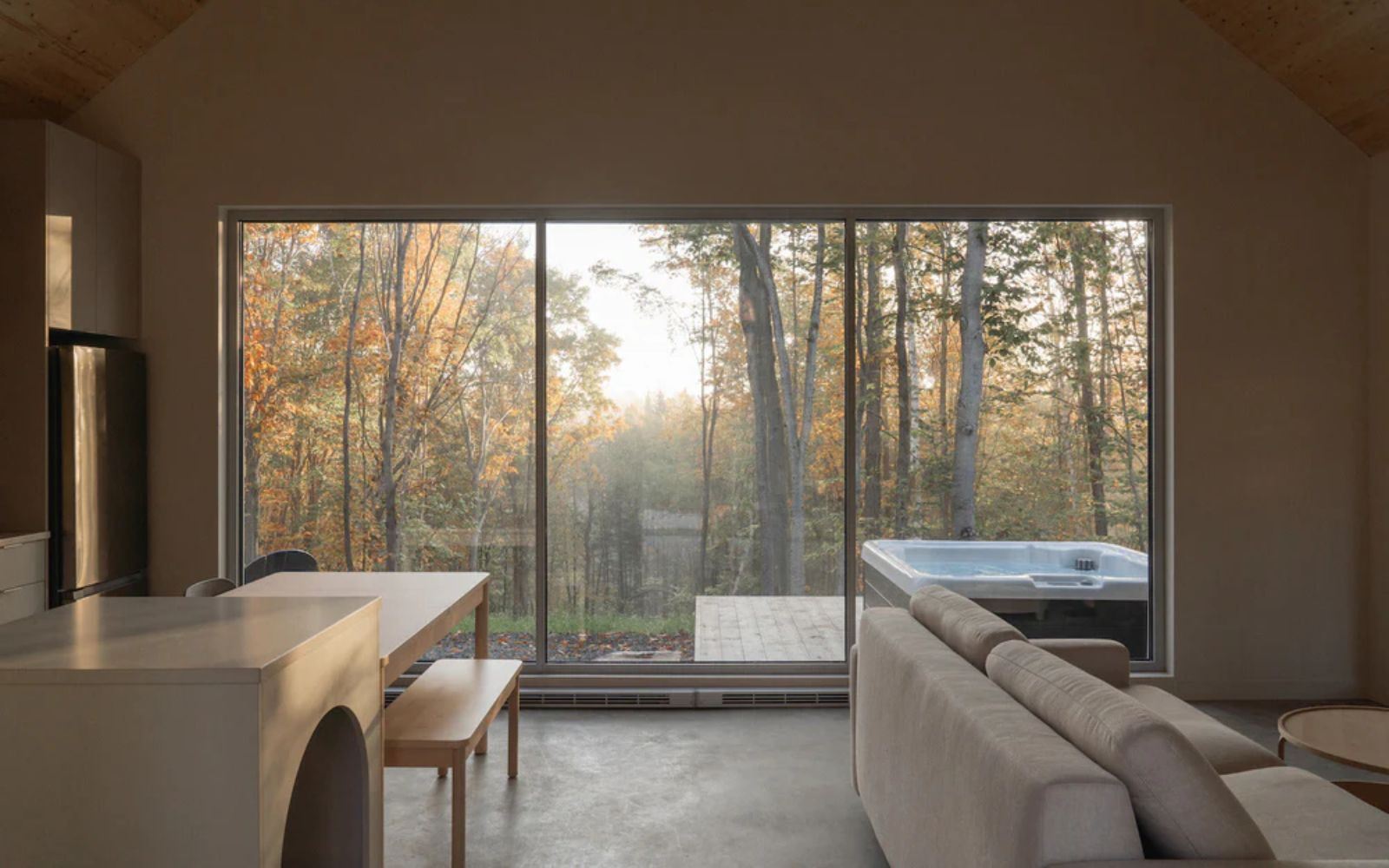
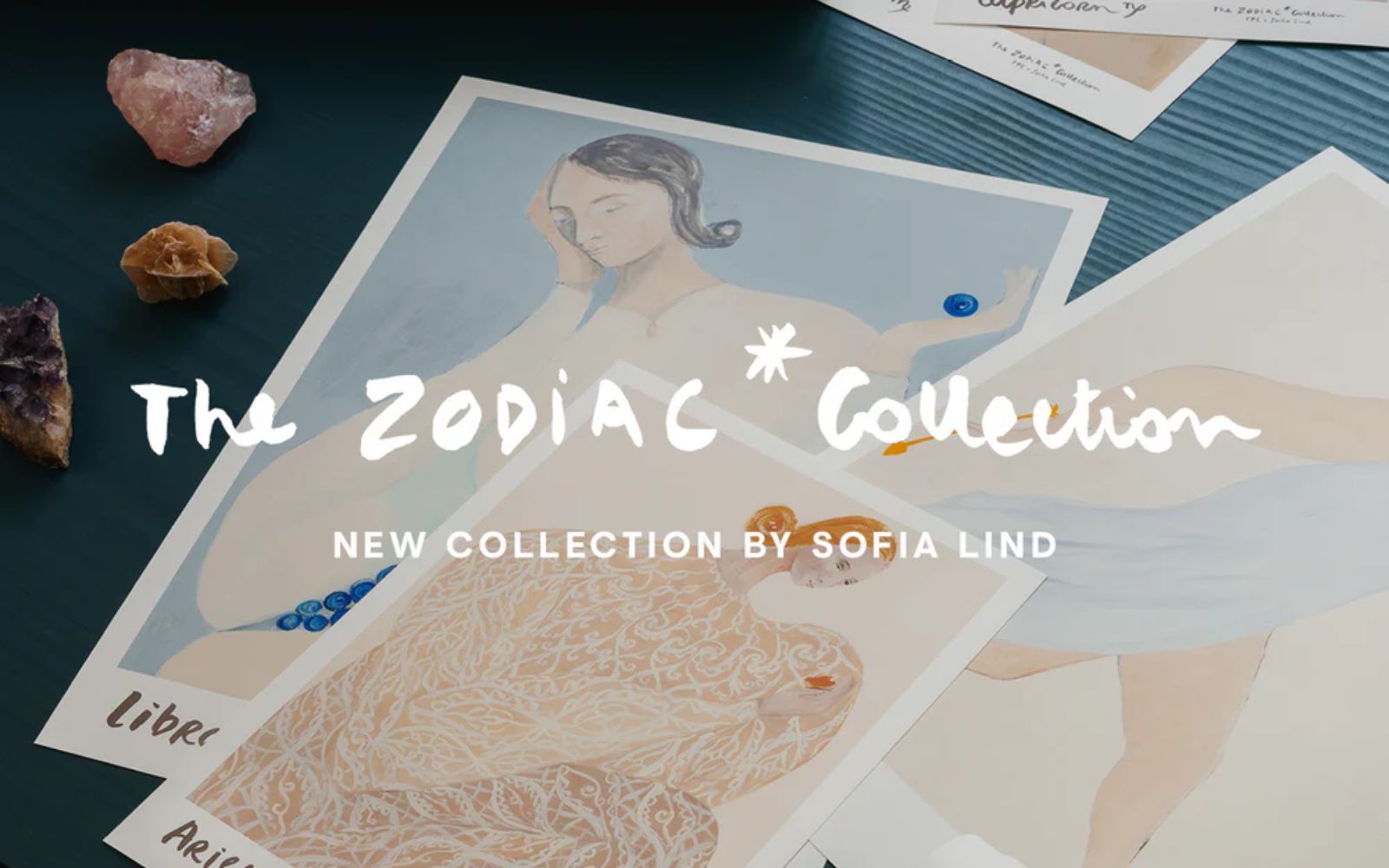




Leave a comment
All comments are moderated before being published.
This site is protected by hCaptcha and the hCaptcha Privacy Policy and Terms of Service apply.